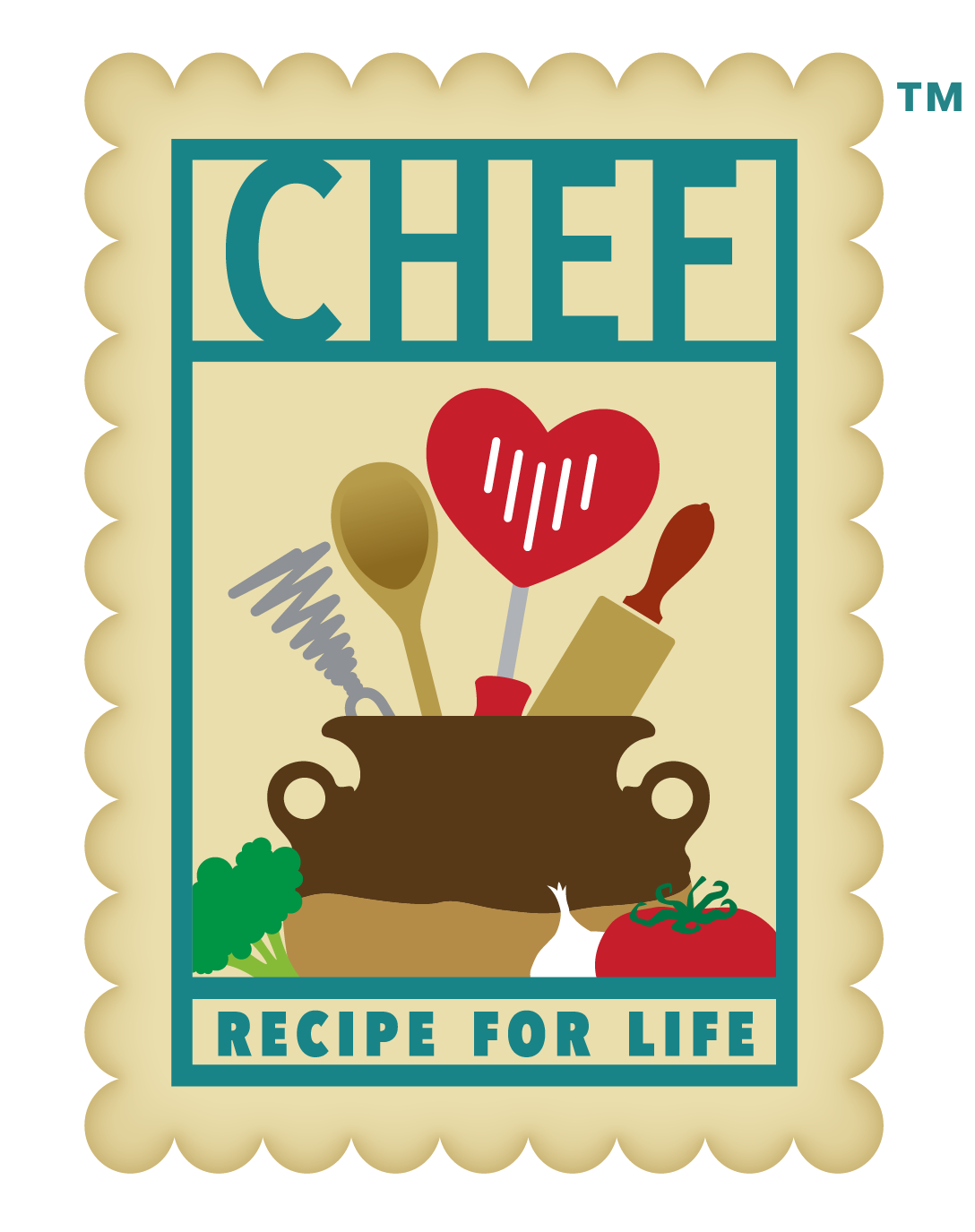Chef
3 Ways to Boost Flavor with Less Sodium

by Celina Parás, MSc, RDN, LD
Nutrition Education Specialist, CHEF
Experiment with Herbs & Spices: herbs and spices enhance the taste of food with their unique aromas and bright colors. Fresh or dried, they all provide great flavor to meals without having to rely too much on sodium. When cooking with herbs, there is a general rule to the ratio of fresh to dry herbs when substituting them in a recipe. Because dried herbs provide a more concentrated flavor you’ll need to use less. The ratio is three to one, for every one teaspoon of dried herbs you’ll need three tablespoons of fresh herbs. Examples of herbs and spices include curry powder, onion powder, basil, mint, rosemary, and oregano. Store dried herbs and spices in an airtight container out of the light and in a cool, dry place. To store fresh herbs, wrap on a paper towel and refrigerate in a resealable plastic bag.
Explore using Aromatics: aromatic vegetables not only bring color and flavor to meals but they also add nutritional value. They are so versatile and each provides a unique flavor and health benefits. You can add aromatics to sauces, stews, stir-fries and many other dishes. Vegetables classified as aromatics include carrots, celery, chili peppers, garlic, ginger, leeks, onions, parsnips, shallots, and scallions.
Cook more at Home: most of our sodium intake comes from highly processed foods such as ready-to-eat meals, restaurant meals, canned soups, cured meats, sauces and salad dressings. By preparing your own meals at home, you have more control over the amount of sodium that goes in your food. Try cooking with fresh ingredients and adding to your plate more wholesome foods fresh or frozen fruits & vegetables, whole grains, unsalted nuts & seeds, beans & legumes, and unprocessed meats.
Check out our fun & delicious CHEF Approved Recipes to prepare at home!



